The book was written over many years, based on historical research, field investigations and a synthesis of testimonies from hundreds of witnesses at 19 locations in 8 provinces that were the epicenter of the famine. Through notes, images, data and vivid accounts, the work faithfully recreates the disaster that killed more than 2 million Vietnamese people.
The famine was haunting: the entire Northern Delta - the "rice granary" of the country - became a place where corpses were strewn on village roads and water ports. People ate tree roots, moss, and even corpses to survive. The photos of journalist Vo An Ninh, along with many journalistic and quantitative investigative documents, contributed to sketching out the tragic but necessary picture to understand the historical context that prompted the August Revolution to break out.
Not only does it evoke tragic memories, the publication also illuminates historical causes and fosters patriotism and the will for national independence at a time when the country's destiny is facing a turning point.
More importantly, the book not only recounts the event but also analyzes the cause: the brutal exploitation policies of Japanese fascists, French colonialists and the puppet ruling apparatus - who still held festivals and banquets right on the corpses of starving people. A series of policies such as forcing rice to be uprooted and planted with jute, collecting rice, banning the sale of food... made the famine not only a "natural disaster" but also an inevitable consequence of an inhumane regime.
However, from the darkness of disaster, the work also depicts the light of humanity: the "rice jar to save the hungry" movement, "sharing rice and clothes", the action of "breaking Japanese rice warehouses to give to the people" of the Viet Minh, the spirit of solidarity for the community. It was that humanity and belief that forged the will for national independence, creating revolutionary strength.
The August Revolution of 1945 cannot be understood only from a political perspective, but must also be placed in the vein of indignation and solidarity of millions of people who had gone to the end of misery but still yearned to live, yearned to change the destiny of the nation.
What makes the book of lasting value is the way it connects history with the present. Without embellishment or dramatization, the author lets the material speak, allowing readers to confront pages of history that are not easy to read but must be remembered. In an era where the speed of information makes it easy for people to forget national memories, the book is like a lamp that keeps the fire of community consciousness burning, reminding us to appreciate the simple things of full meals, warm clothes, peace and to be responsible for preserving them for future generations.
QUYNH YEN
Source: https://www.sggp.org.vn/nha-su-hoc-nguyen-quang-an-ra-mat-sach-su-that-ve-nan-doi-nam-1945-post806792.html


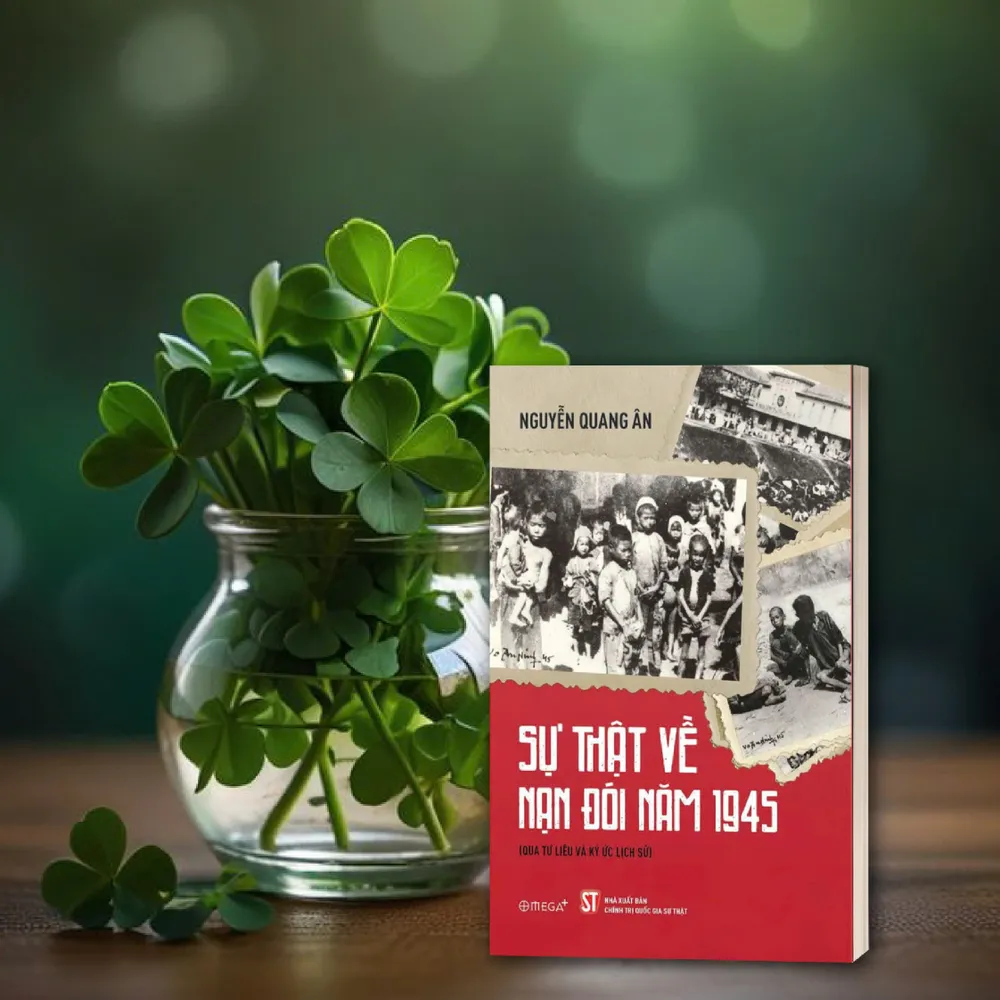


![[Photo] Da Nang: Hundreds of people join hands to clean up a vital tourist route after storm No. 13](https://vphoto.vietnam.vn/thumb/1200x675/vietnam/resource/IMAGE/2025/11/07/1762491638903_image-3-1353-jpg.webp)



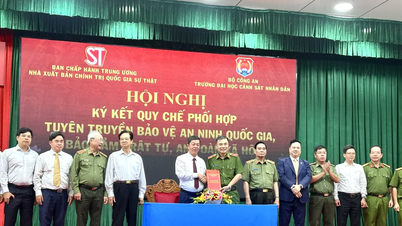



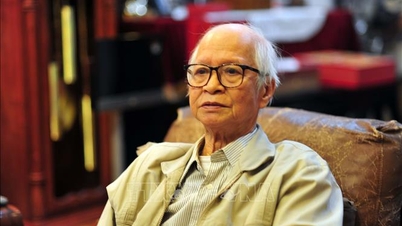

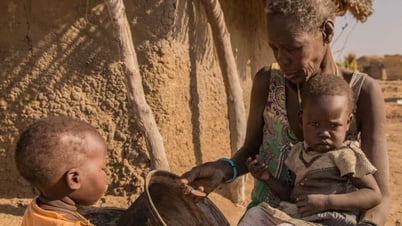


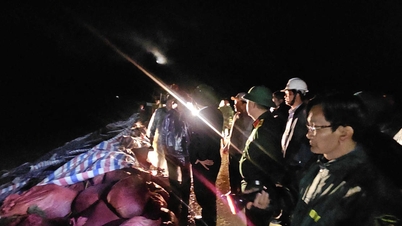



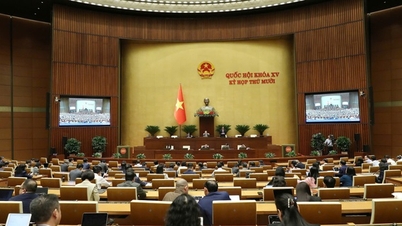





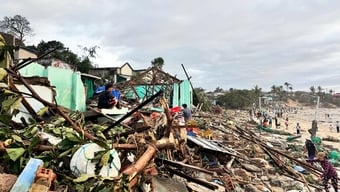


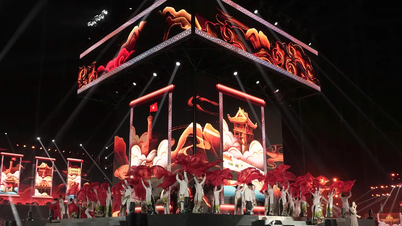
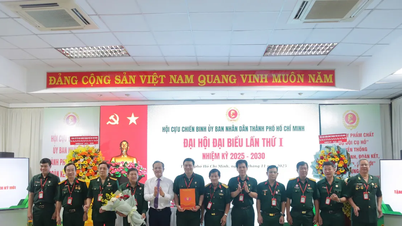







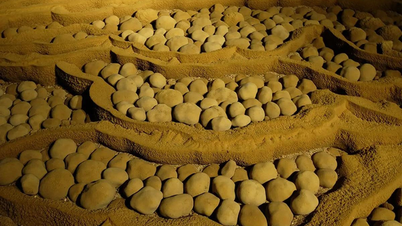






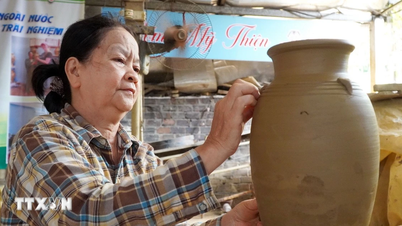



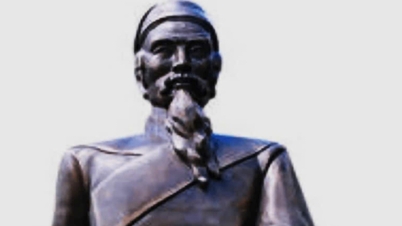








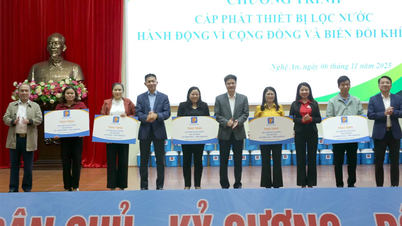



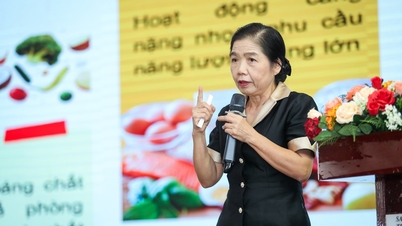







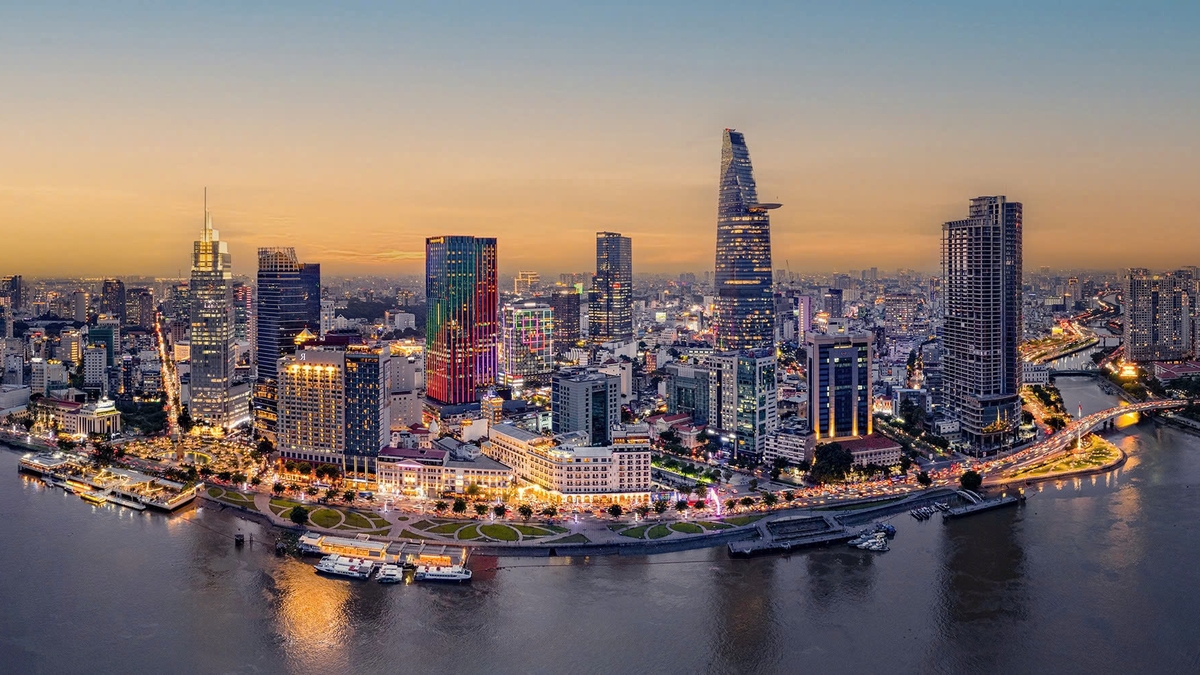
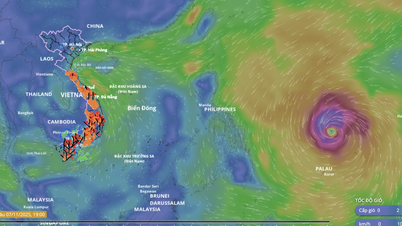









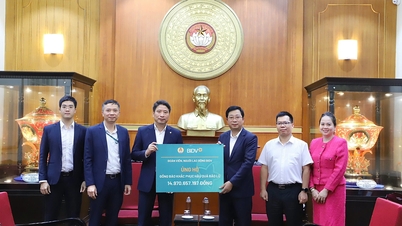

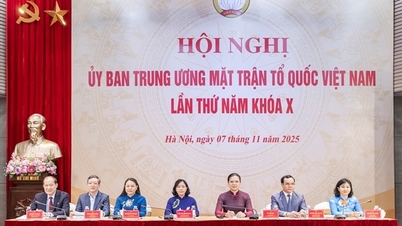

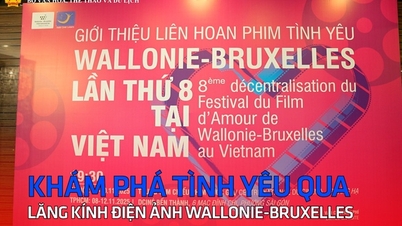



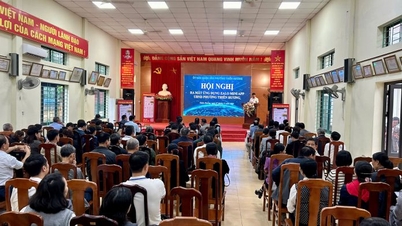




















Comment (0)